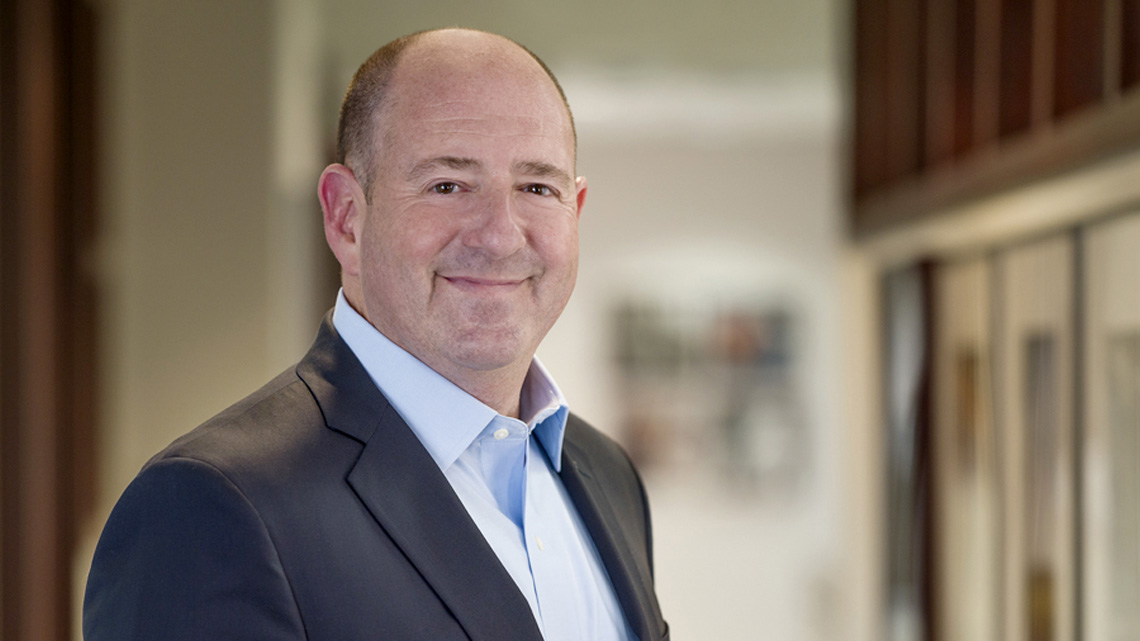2021 Letter from the CEO
28 Jul 2022

Dear Stakeholders:
Welcome to our annual Sustainability Report. In my 13 years at Doe Run, I have watched this Report grow into the informative body of work that it is today. A tremendous amount of effort goes into this Report so we can share information about our operations with our stakeholders and so we all see the metrics that help drive our social, economic and environmental performance. As president and CEO of Doe Run, I look forward to driving our sustainability efforts forward.
In 2021, the world continued to adapt to the ongoing challenges brought about by the pandemic, including supply chain issues and a tight employment market. At Doe Run, we are not immune to these impacts. As a lead, copper and zinc mining company and a recycler of valuable metals, we are at both the beginning and the end of the global supply chain.
The ability to readily mine, process and ship our products depends on a skilled workforce and on transportation infrastructure. We managed through absences and employee availability during the pandemic, followed CDC protocols, and modified how we delivered more than 15,000 hours of training.
The pandemic also contributed to sharp increases in global transportation costs and hindered our ability to export our products. However, we were able to minimize the extent of the impact by planning ahead and working with our customers and vendors to avoid delays. While we anticipate these areas will continue to be challenges in the future, we are constantly adapting as markets shift.
Addressing Reliance on Foreign Minerals
A key lesson of the pandemic is that the U.S. is overly dependent on foreign imports, especially the metals required to increase production of clean energy technologies, such as solar and wind energy facilities, battery storage and electric vehicles. In its Net Zero by 2050 report, the International Energy Agency (IEA) projects the world will need up to six times the current demand for minerals in the next three decades to achieve clean energy goals.
Governments across the globe recognize mineral scarcity vulnerabilities. One way in which the U.S. federal government plans to address these vulnerabilities is through the funding of domestic projects – whether research, demonstration plants or commercialization of technologies – to improve mineral access through processing of key metals. Doe Run has devoted resources to identifying the government programs available for a number of Doe Run projects and innovations. The Defense Production Act and programs offered through the Bipartisan Infrastructure Law, including the Electric Drive Vehicle Battery Recycling and Second-Life Applications Program and the Battery Materials Processing and Battery Manufacturing Program, are some examples of the opportunities potentially available to help fund our initiatives. To learn more about the demand for critical minerals, I invite you to read The Future of U.S. Critical and Base Minerals.
Lead Batteries’ Role in Cleaner Technologies
The lead we mine and produce will continue to be integral as society’s need for clean energy technologies and energy storage grows. Doe Run’s lead is predominately used to support SLI batteries that start nearly every vehicle in the world, whether powered by internal combustion or battery. Today’s cars have more than 150 individual electronic functions, such as driver assist support, lights, computers, door and window locks, steering and braking. Safe, effective and recyclable lead batteries keep safety systems functioning even if a high-voltage lithium battery that powers mobility fails, enabling drivers to safely pull over.
Even with a relatively modest adoption of electric vehicles in the U.S. (only about 4% of new cars sold in the U.S. were full EVs or plug-in EVs), start/stop electric vehicles are reducing greenhouse gases by nearly 6.7 million tons per year. Lead batteries also support energy storage for renewable energy, as well as for battery charging stations, data back-up and many other diverse applications. Although we produce lead, zinc and copper concentrates, they are not our only minerals assets. Our ore body also contains cobalt and nickel – two minerals that, along with zinc, are on the U.S. Critical Minerals list. Several of our projects under development can provide access to these battery-centric critical minerals.
The battery technologies of tomorrow will be developed by today’s students. That’s why Doe Run supports STEM education by providing free minerals educational materials to grade schools, sponsoring STEM education grants to elementary and middle schools, providing scholarships and equipment donations to colleges and universities, and supporting paid internships and summer student programs. In 2021, Doe Run had the largest intern program in recent history, enabling more people to begin their careers in the mining industry.
Operating Responsibly
We also continue to minimize our operations’ impact on the environment. Our environmental data shows our year-over-year performance. We also disclose annual data related to workforce trends, employee safety and economic impact.
As proud as I am of the many projects we have underway, I’m most proud of our employees’ hard work, dedication and commitment to safety. When we focus on keeping one another safe, I believe everything else falls into place for our employees and their families, our neighbors and communities, and society at large.
I invite you to review our Sustainability Report in full and share your comments with me via this survey. We welcome your feedback.
Sincerely,
Matthew D. Wohl


